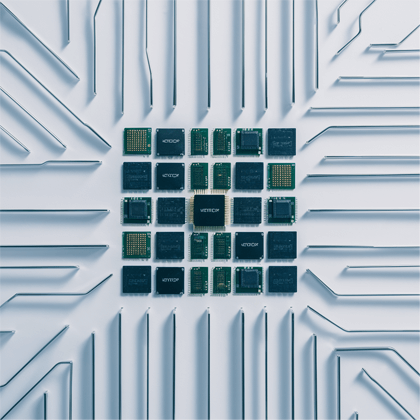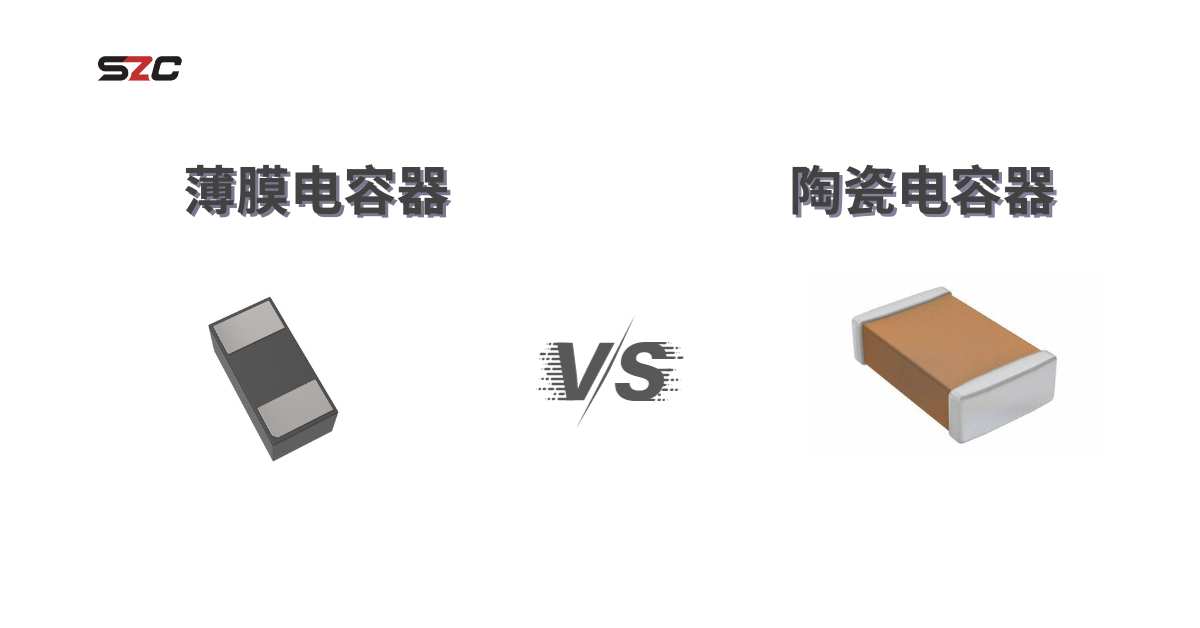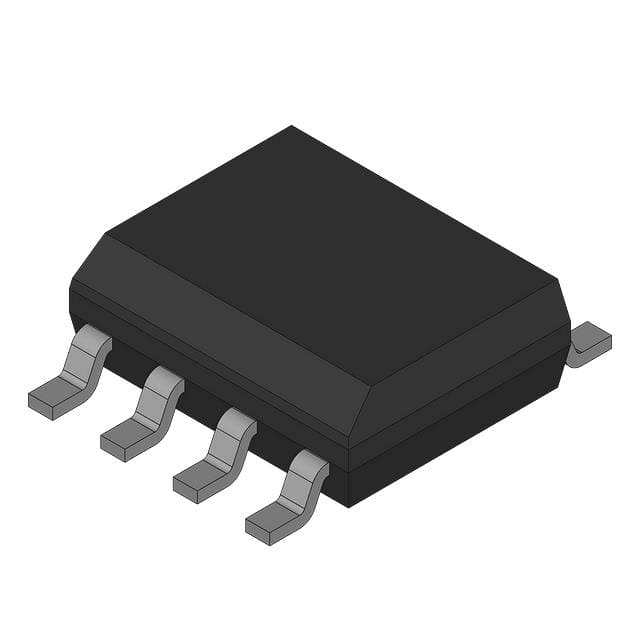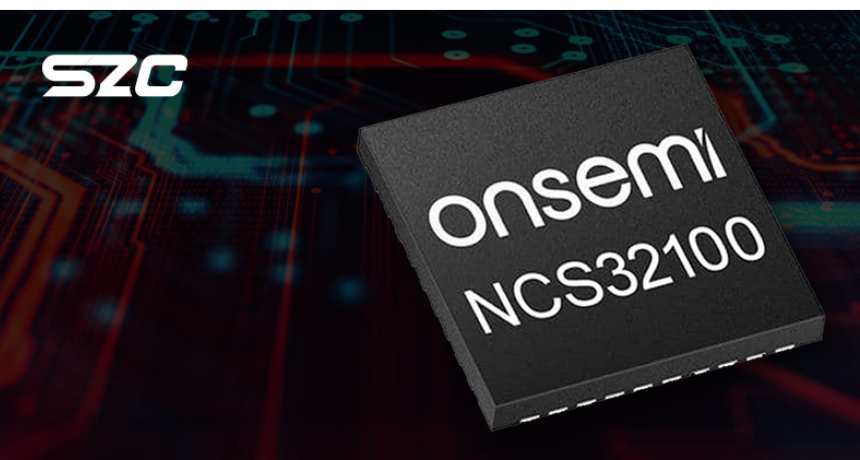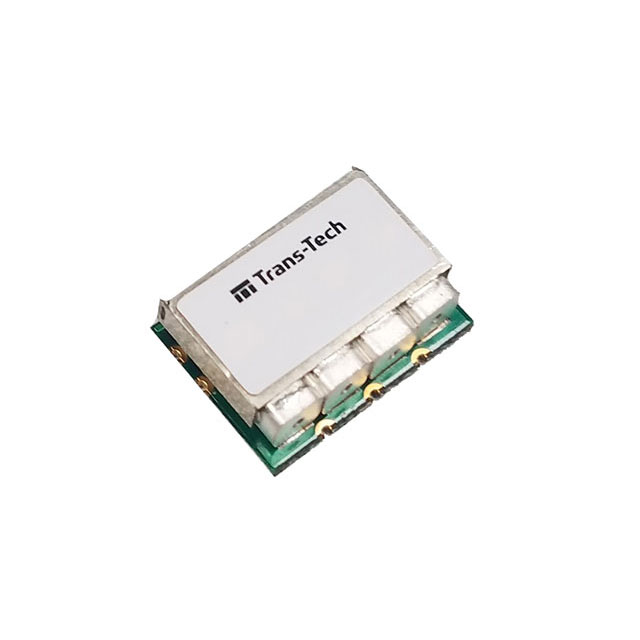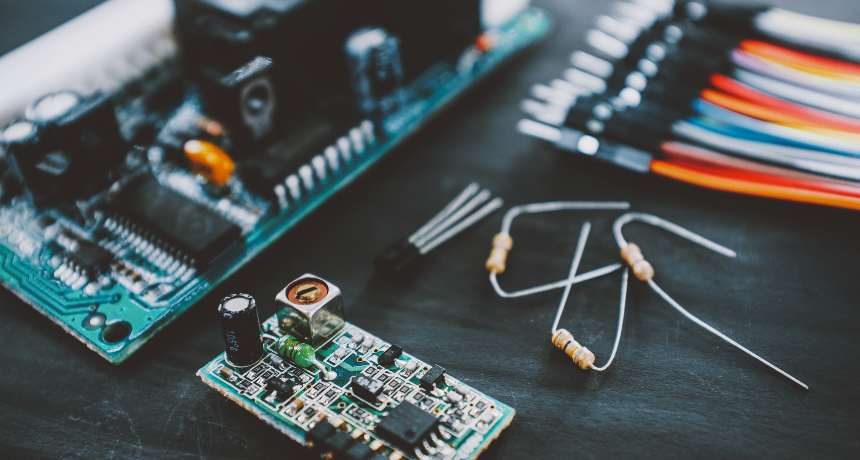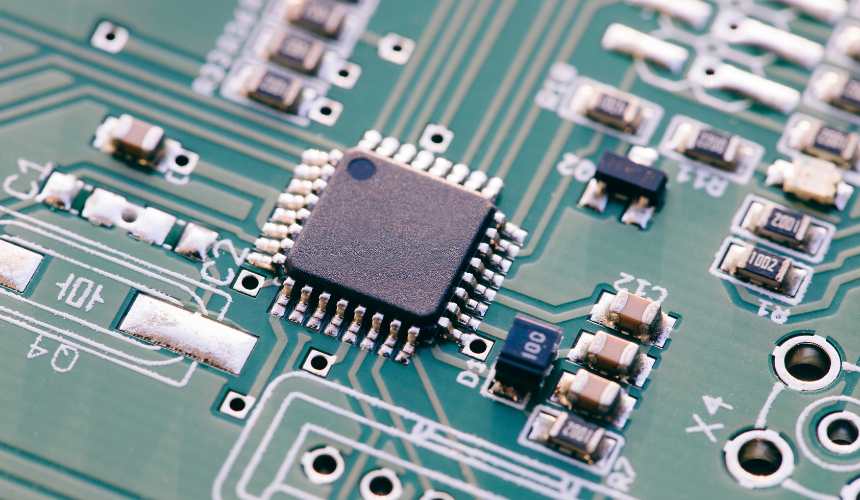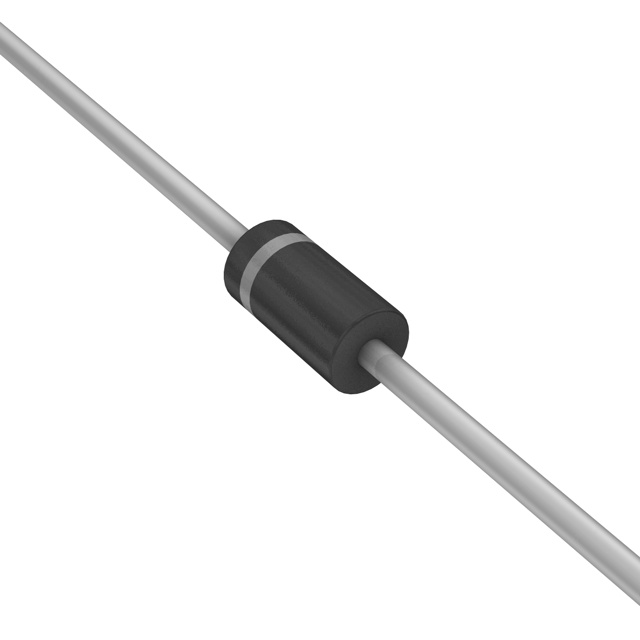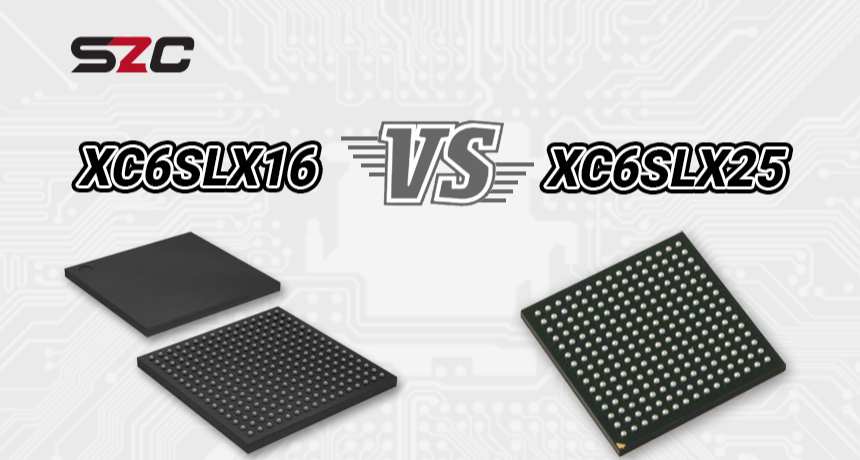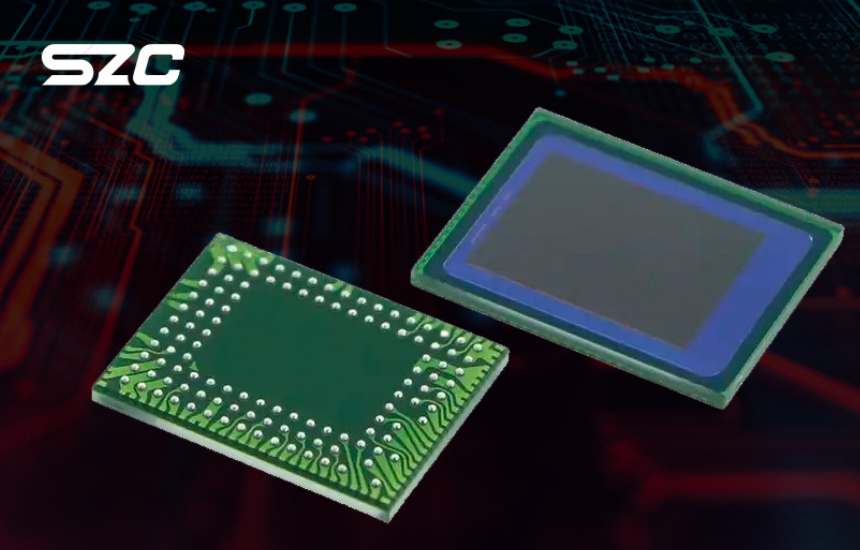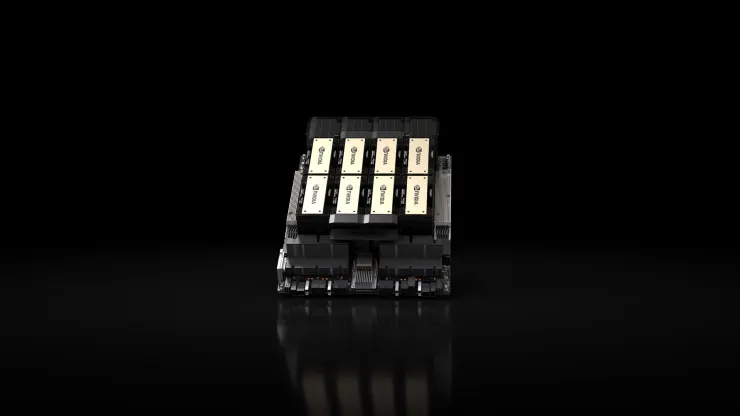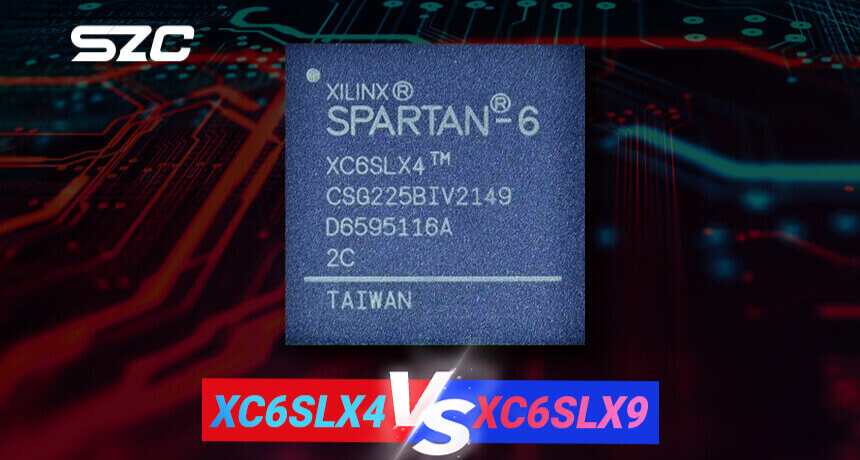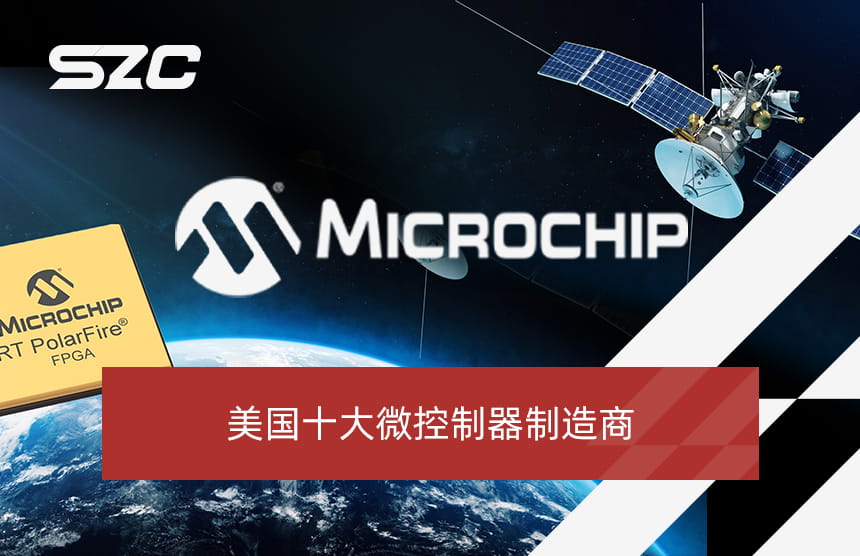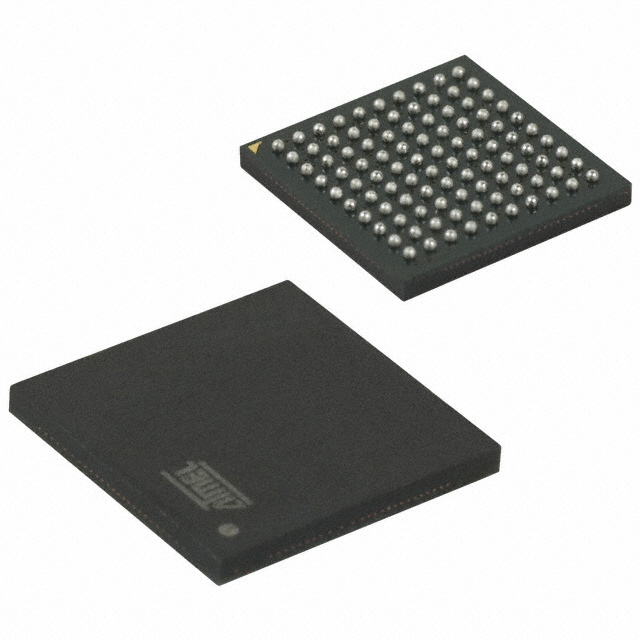
¥300.00
价格更新:一个月前







Microchip Technology
Microchip Technology Inc. 是微控制器和模拟半导体的领先供应商,为全球数以千计的不同客户应用提供低风险产品开发、更低的系统总成本和更快的上市时间。 Microchip 总部位于亚利桑那州钱德勒,提供出色的技术支持以及可靠的交付和质量。
查看所有产品从 Microchip Technology热门产品

The Microchip SAM V71 devices are a family of Automotive Flash microcontrollers based on the high-performance 32-bit ARM Cortex-M7 processor with a Double Precision Floating Point Unit (FPU). These devices operate at up to 300MHz and feature up to 2048 Kbytes of Flash, and up to 384 Kbytes of multi-port SRAM which is configurable Instruction and Data Tightly Couple Memories to leverage the advanced DSP capabilities of the core.
The SAM V71 series includes a 10/100 Ethernet MAC w/IEEE1588, HS USB Interface with integrated PHY, dual CAN-FD, QSPI, MediaLB, CMOS Imager interface, TDM/I2S (SSC,) multiple serial interfaces as well as on-board hardware cryptography including a TRNG, AES-256, and SHA-256 engines.
Automotive Production Devices
The ATSAMV71 family is AEC-Q100 Grade 2 qualified. The standard device does not go through the automotive production flow, and there are two options for ordering devices with the automotive production flow.1) A customer specific part number will be assigned and designated with suffix to the base part number (i.e. ATSAMV71N20B-AABV02.) A customer specific PPAP is available on request.
2) A generic suffix will be added to the base part number (i.e. ATSAMV71N20B-AABVA0.) A PPAP is unavailable for these devices.Please contact your local Microchip sales representative for additional information.
Supported by MPLAB X IDE and MPLAB Harmony.Feature
- Core
- ARM® Cortex®-M7 running up to 300MHz
- 16 Kbytes of ICache and 16 Kbytes of DCache with Error Code Correction (ECC)
- Single- and double-precision HW Floating Point Unit (FPU)
- Memory Protection Unit (MPU) with 16 zones
- DSP Instructions, Thumb®-2 Instruction Set
- Embedded Trace Module (ETM) with instruction trace stream, including Trace Port Interface Unit (TPIU)
- Memories
- 1024 Kbytes embedded Flash with unique identifier and user signature for user-defined data
- 384 Kbytes embedded Multi-port SRAM
- Tightly Coupled Memory (TCM) interface with four configurations (disabled, 2 x 32 Kbytes, 2 x 64 Kbytes, 2 x 128 Kbytes)
- 16 Kbytes ROM with embedded Bootloader routines (UART0, USB) and IAP routines
- 16-bit Static Memory Controller (SMC) with support for SRAM, PSRAM, LCD module, NOR and NAND Flash with on-the-fly scrambling
- 16-bit SDRAM Controller (SDRAMC) interfacing up to 256 MB and with on-the-fly scrambling
- System
- Embedded voltage regulator for single-supply operation
- Power-on-Reset (POR), Brown-out Detector (BOD) and Dual Watchdog for safe operation
- Quartz or ceramic resonator oscillators: 3 to 20 MHz main oscillator with failure detection, 12 MHz or 16 MHz needed for USB operations. Optional low-power 32.768 kHz for RTC or device clock
- RTC with Gregorian calendar mode, waveform generation in low-power modes
- RTC counter calibration circuitry compensates for 32.768 kHz crystal frequency variations
- 32-bit low-power Real-time Timer (RTT)
- High-precision Main RC oscillator with 12 MHz default frequency for device startup. In-application trimming access for frequency adjustment. 8/12 MHz are factory-trimmed.
- 32.768 kHz crystal oscillator or Slow RC oscillator as source of low-power mode device clock (SLCK)
- One 500 MHz PLL for system clock, one 480 MHz PLL for USB high-speed operations
- Temperature Sensor
- One dual-port 24-channel central DMA Controller (XDMAC)
- Low-Power Features
- Low-power Sleep, Wait and Backup modes, with typical power consumption down to 1.1 μA in Backup mode with RTC, RTT and wakeup logic enabled
- Ultra-low-power RTC and RTT
- 1 Kbyte of backup RAM (BRAM) with dedicated regulator
- Peripherals
- One Ethernet MAC (GMAC) 10/100 Mbps in MII mode and RMII with dedicated DMA. IEEE1588 PTP frames and 802.3az Energy-efficiency support. Ethernet AVB support with IEEE802.1AS Timestamping and IEEE802.1Qav credit-based traffic-shaping hardware support
- USB 2.0 Device/Mini Host High-speed (USBHS) at 480 Mbps, 4-Kbyte FIFO, up to 10 bidirectional endpoints, dedicated DMA
- 12-bit ITU-R BT. 601/656 Image Sensor Interface (ISI)
- Two master Controller Area Networks (MCAN) with Flexible Data Rate (CAN-FD) with SRAM-based mailboxes, time- and event-triggered transmission
- MediaLB® device with 3-wire mode, up to 1024 x Fs speed, supporting MOST25 and MOST50 networks
- Three USARTs. USART0/1/2 support LIN mode, ISO7816, IrDA®, RS-485, SPI, Manchester and Modem modes; USART1 supports LON mode.
- Five 2-wire UARTs with SleepWalking™ support
- Three Two-Wire Interfaces (TWIHS) (I2C-compatible) with SleepWalking™ support
- Quad I/O Serial Peripheral Interface (QSPI) interfacing up to 256 MB Flash and with eXecute-In-Place and on-the-fly scrambling
- Two Serial Peripheral Interfaces (SPI)
- One Serial Synchronous Controller (SSC) with I2S and TDM support
- Two Inter-IC Sound Controllers (I2SC)
- One High-speed Multimedia Card Interface (HSMCI) (SDIO/SD Card/e.MMC)
- Four Three-Channel 16-bit Timer/Counters (TC) with Capture, Waveform, Compare and PWM modes, constant on time. Quadrature decoder logic and 2-bit Gray Up/Down Counter for stepper motor
- Two 4-channel 16-bit PWMs with complementary outputs, Dead Time Generator and eight fault inputs per PWM for motor control, two external triggers to manage power factor correction (PFC), DC-DC and lighting control.
- Two Analog Front-End Controllers (AFEC), each supporting up to 12 channels with differential input mode and programmable gain stage, allowing dual sample-and-hold at up to 1.7 Msps. Offset and gain error correction feature.
- One 2-channel 12-bit 1 Msps-per-channel Digital-to-Analog Controller (DAC) with Differential and Over Sampling modes
- One Analog Comparator Controller (ACC) with flexible input selection, selectable input hysteresis
- Cryptography
- True Random Number Generator (TRNG)
- AES: 256-, 192-, 128-bit Key Algorithm, Compliant with FIPS PUB-197 Specifications
- Integrity Check Monitor (ICM). Supports Secure Hash Algorithm SHA1, SHA224 and SHA256.
- I/O
- Up to 114 I/O lines with external interrupt capability (edge- or level-sensitivity), debouncing, glitch filtering and On-die Series Resistor Termination
- Five Parallel Input/output Controllers (PIO)
- Voltage
- Single supply voltage from 3.0V to 3.6V
- Automotive
- Qualification AEC-Q100 grade 2 ([-40°C : +105°C] ambient temperature)
- Packages
- LQFP100, 100-lead LQFP, 14 x 14 mm, pitch 0.5 mm
- TFBGA100, 100-ball TFBGA, 9 x 9 mm, pitch 0.8 mm
产品属性
| 类型 | 描述 | 全选 |
|---|---|---|
| 电压 - 供电 (Vcc/Vdd) | 3V ~ 3.6V | |
| 核心处理器 | ARM® Cortex®-M7 | |
| 数据转换器 | A/D 10x12b;D/A 2x12b | |
| 内核规格 | 32 位单核 | |
| 振荡器类型 | 内部 | |
| 速度 | 300MHz | |
| 工作温度 | -40°C ~ 105°C(TA) | |
| 连接能力 | CANbus,以太网,I²C,IrDA,LINbus,MMC/SD/SDIO,QSPI,SPI,SSC,UART/USART,USB | |
| 安装类型 | 表面贴装型 | |
| 外设 | 欠压检测/复位,DMA,I²S,POR,PWM,WDT | |
| 封装/外壳 | 100-TFBGA | |
| I/O 数 | 75 | |
| 供应商器件封装 | 100-TFBGA(9x9) | |
| 程序存储容量 | 1MB(1M x 8) | |
| 程序存储器类型 | 闪存 | |
| RAM 大小 | 384K x 8 | |
| 可编程 | 未验证 | |
| 系列 | Automotive, AEC-Q100, SAM V71 | |
| 包装 | 托盘 | |
| 产品状态 | 在售 |
博客
¥300.00
价格更新:一个月前
Microchip Technology
Microchip Technology Inc. 是微控制器和模拟半导体的领先供应商,为全球数以千计的不同客户应用提供低风险产品开发、更低的系统总成本和更快的上市时间。 Microchip 总部位于亚利桑那州钱德勒,提供出色的技术支持以及可靠的交付和质量。
查看所有产品从 Microchip Technology热门产品
博客
热门制造商
View all manufactures 更多热门产品
更多电子零件 更多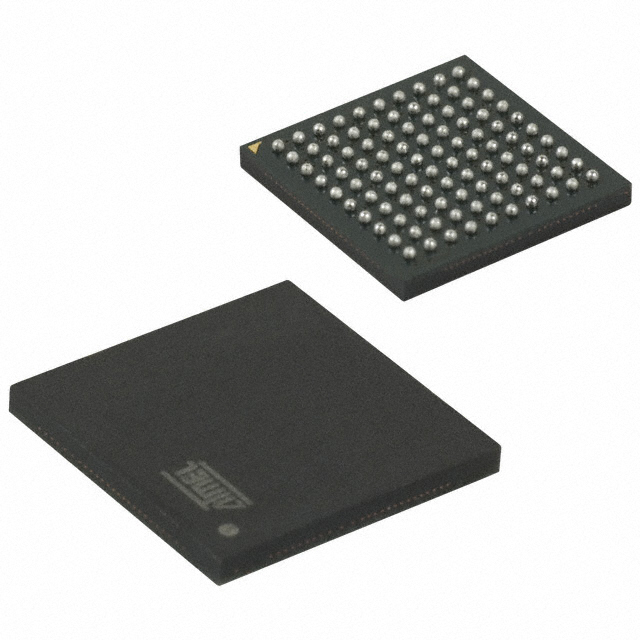
ATSAMV71N20B-CBT
IC MCU 32BIT 1MB FLASH 100TFBGA

ATSAMV71N20B-CB
IC MCU 32BIT 1MB FLASH 100TFBGA
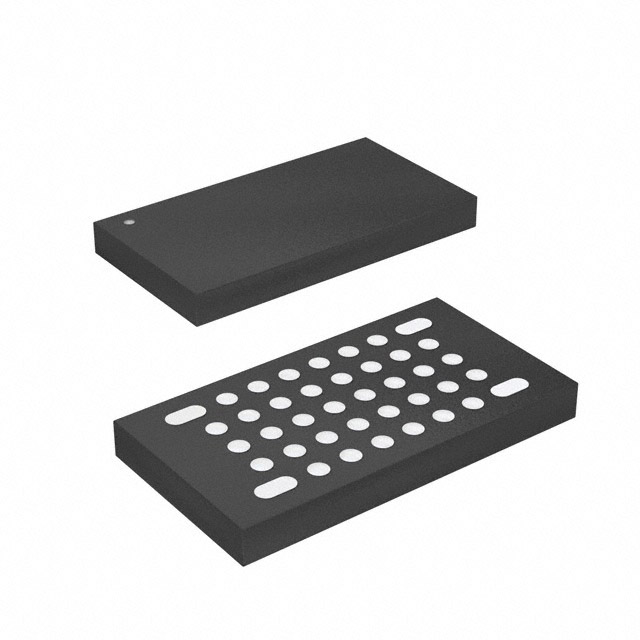
ATMEGA16HVA-4CKU
IC MCU 8BIT 16KB FLASH 36LGA
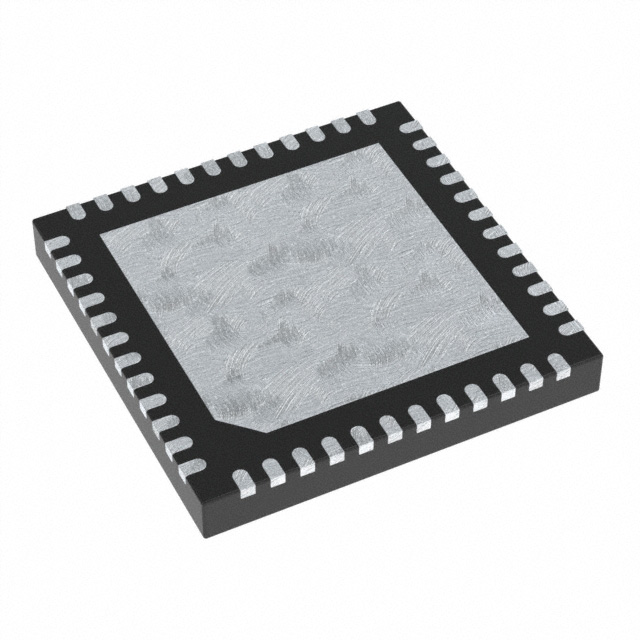
AT32UC3L064-ZAUT
IC MCU 32BIT 64KB FLASH 48QFN
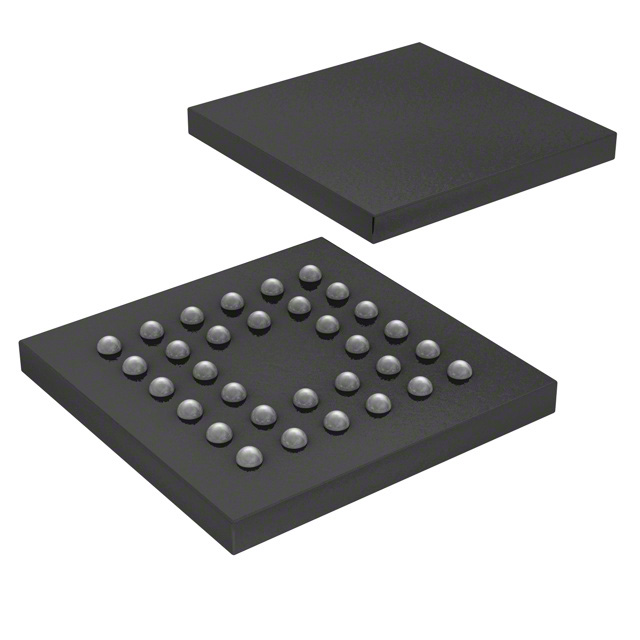
ATMEGA88PA-CCU
IC MCU 8BIT 8KB FLASH 32UFBGA

ATMEGA48A-CCU
IC MCU 8BIT 4KB FLASH 32UFBGA
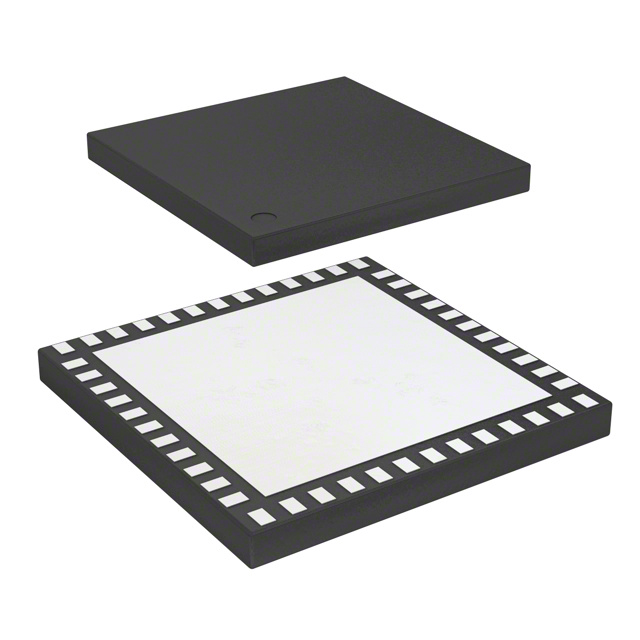
AT32UC3L016-D3HT
IC MCU 32BIT 16KB FLASH 48TLLGA
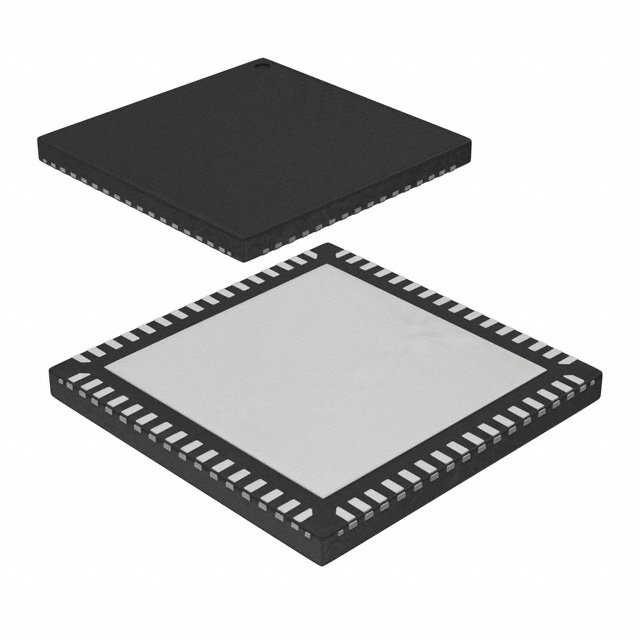
ATMEGA165PV-8MNR
IC MCU 8BIT 16KB FLASH 64QFN
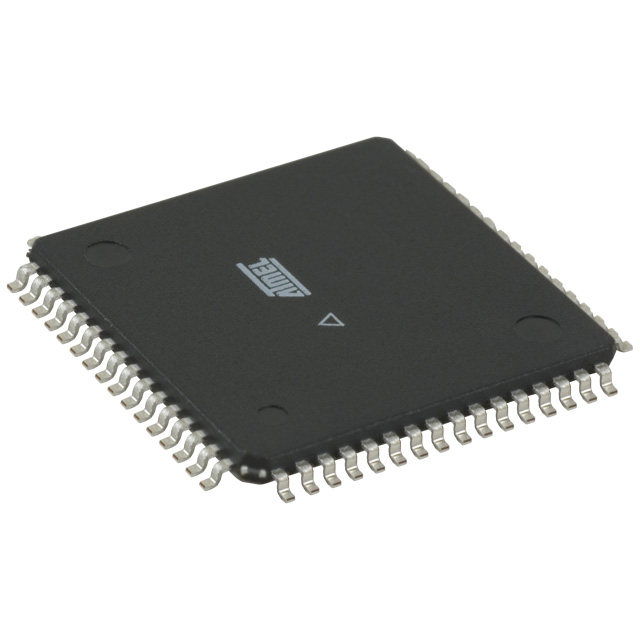
ATMEGA165PA-AN
IC MCU 8BIT 16KB FLASH 64TQFP
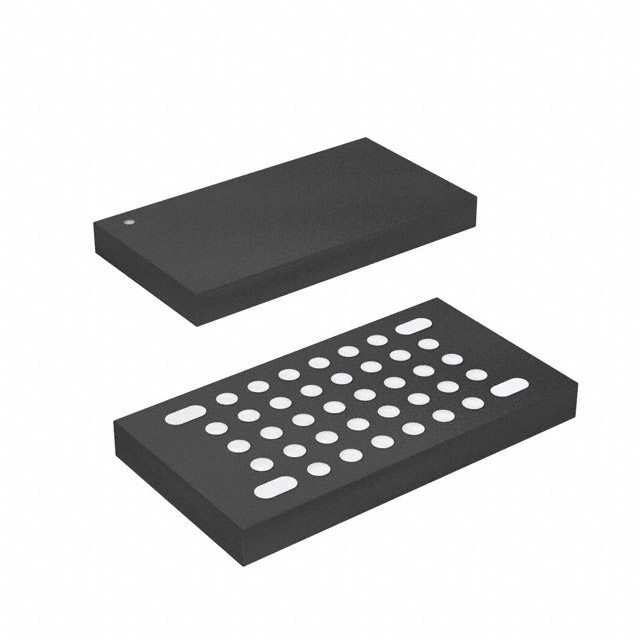
ATMEGA16HVA-4CKUR
IC MCU 8BIT 16KB FLASH 36LGA








